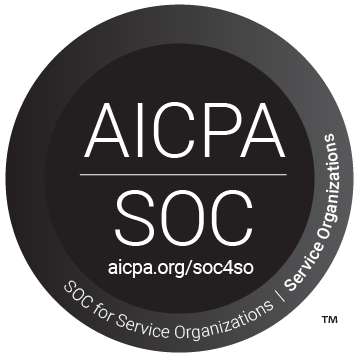What technology does it take to make a hybrid workforce successful? Success depends on making it easy for employees to work remotely by providing cloud applications wherever possible and supporting them with:
- Cloud voice
- High-speed, always-on access to cloud applications
- Collaboration tools
- Robust cyber security
Hybrid workforces will succeed when remote workers have the opportunity to work as if they were located in the office. Hybrid work technologies are the key to making that a reality.
Cloud Voice Systems
Hosted phone systems, also called Hosted PBX or Unified Communications as a Service (UCaaS), are a key hybrid work technology. Remote workers can use devices such as a desktop, laptop, or mobile phone to communicate using your organization’s voice system. They have access to the same extensive feature list as those working in the office.
Free Whitepaper: Take Your Business to the Next Level With UCaaS
Always-On Networks
When applications move to the cloud and workers are geographically dispersed, a software defined network (SDN) keeps everyone in your business connected. An SDN is “always-on” because the software is designed to use every bit of bandwidth you have available and to use software logic to serve the fastest speeds to the most critical applications.
For example, rather than leaving your backup connection idle, an SDN uses that bandwidth on a continuous basis. But, the software also uses logic to do things such as provide the fastest speed to someone who is downloading a large file and lower speed alternatives to support someone checking their email. In that way, the network doesn’t run out of bandwidth, giving it an always-on reputation.
In addition, software-defined wide area networking (SD-WAN) gives you the ability to create a network across large distances and multiple internet connections. This ability is critical for remote workers.
Collaboration Tools
Collaboration tools are hybrid workforce technologies that need to run in the cloud to support a hybrid workforce. One of the most often used tools is Microsoft 365. It’s a popular platform because people are already familiar with its basic applications such as Word and Excel.
In the hybrid work model, remote workers can use Microsoft’s applications in the cloud to streamline access and encourage collaboration. The Teams app in Microsoft 365 is an often-used tool for collaboration. If you want seamless remote collaboration, Teams is often the answer.
Robust Cyber Security
Cyber security threats are top of mind for many IT teams. Cyber criminals know that with hybrid workforces come new opportunities to compromise business systems. It’s critical that you educate your workforce on their role in preventing cyber attacks. Beyond that, you need advanced security measures that will secure endpoints and workstations and provide complete protection for remote workers.
Free Ebook: Learn How to Successfully Execute a Hybrid Work Model
How Access One Can Help
Access One has been distributing these types of hybrid work technologies for years. We’re known for our unparalleled customer service and cutting-edge network. We help our customers succeed using a modular business technology framework that leverages our telecom network, cutting-edge hosted phone systems, managed IT, and cloud-based services.
Make sure your hybrid workforce succeeds. Download our How To Transition a Remote/Hybrid Workforce eBook today!













